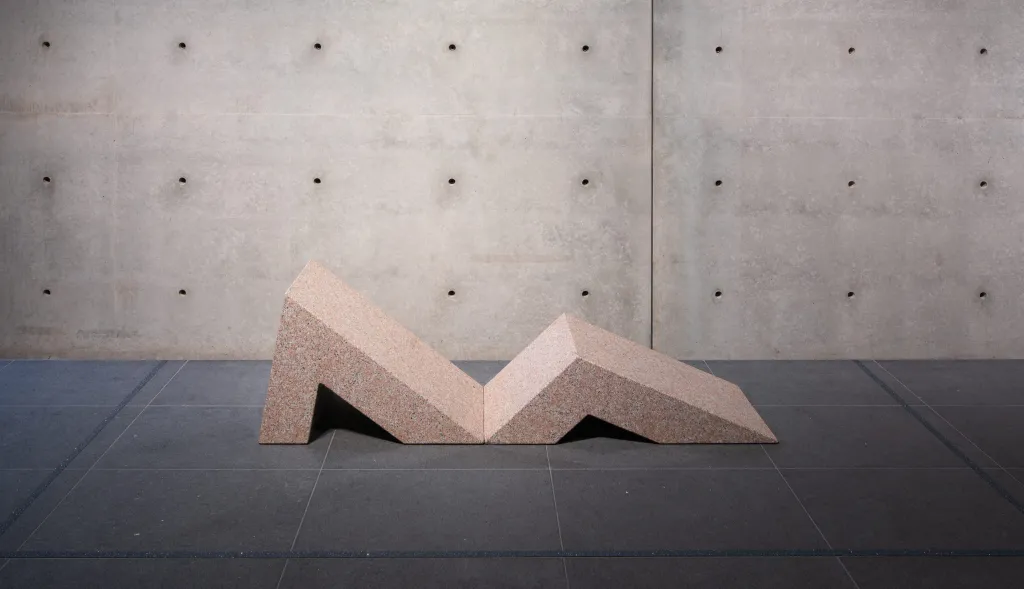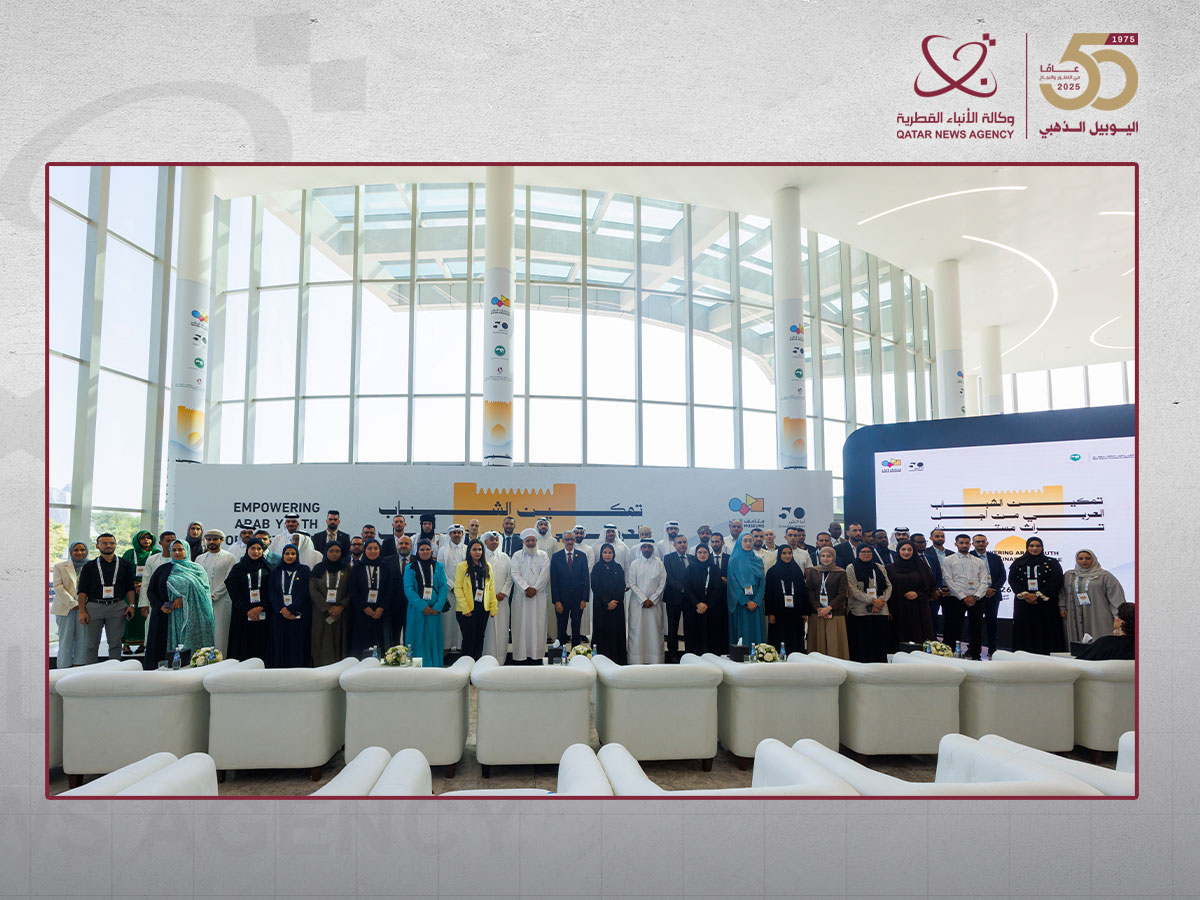Copyright Chicago Tribune

I often wish for more seating — in parks, on the sidewalk, at the train station and especially in galleries. It’s not a make-or-break for me, I’m just a slow looker, but it can be a serious deterrent for folks who are not able-bodied. Though mostly we ignore it, furniture says a lot about a place, its priorities and the people who use it, though mostly we ignore it. What if, instead, comfort was prioritized and art arranged accordingly? Just such an experiment is ongoing at Gallery 400, where Finnegan Shannon has built a giant conveyor-belt table, surrounded by a dozen-plus chairs. Visitors to “Don’t mind if I do” sit down and the art — small, holdable sculptures by Shannon and 10 others — comes to them. In a second installation, Shannon hangs seven paintings at a height about 12 inches lower than the institutional standard, perfect for viewing from one of a trio of available wheelchairs. The day I visited, there were only a few others in the gallery, and the many mismatched seats became stand-ins — or sit-ins, ha! — for the people not there. Furniture begs that kind of anthropomorphizing, especially chairs, with their arms and legs. In “Live, Laugh, Labor: Thoughts on Usefulness and Other Myths,” Andi Crist’s solo show at the Cleve Carney Museum, the artist takes that idea to its absurd extreme. On view is a wooden A-frame ladder, exquisitely handmade and inlaid, with one of its sides missing. For the ladder to function, the artist must strap it on and hold it up, becoming one with her tool in a way that parodies the work of artmaking. Crist finely crafts all sorts of objects out of ceramic and wood and leather: an old-fashioned office door, a bench, a table saw blade, a fireplace mantel, a wet floor sign and about a hundred coiled orange extension cords. It takes a certain amount of close looking to realize these things are not quite what they seem, and that their making involved much more human skill and wit than expected. What Shannon and Crist are doing can be challenging to recognize as art. Fortunately, one of the great precedents for taking furniture, and support structures generally, as sculpture is concurrently on view at Wrightwood 659. “Scott Burton: Shape Shift” is the most comprehensive survey of the late artist’s oeuvre ever mounted in the U.S. It includes an overview of Burton’s performances throughout the ’70s, documents from his side career as an art critic and curator, a survey of completed public art projects from the ’80s, and loads of furniture, including a handful on which visitors can actually sit. Some Chicagoans might not realize they may already have rested on Burton creations: an octet of his polished maroon granite chairs is permanently installed on the Columbus Drive side of the Art Institute, likewise a bench and table in the courtyard of the Smart Museum. The artist’s designs can blend so usefully into public space that they go unrecognized, a subtlety that is both vulnerability and strength. “Shape Shift” clarifies their existence and origins. Some is historical: Burton took vernacular forms seriously and he reworked them delightfully, as in a series of Adirondack chairs made of jet-age aluminum, elegant slats of lacquered ash and kitschy yellow Formica. Some is prehistoric: seating made from boulders incised with two cuts for the seat and one for the bottom. (Sadly, none of his rock settees are on view in the show.) Some is stylistic: the decidedly ’80s aesthetic of his chairs feels retro-chic, but many tables have aged less well. (I’m looking at you, backlit onyx dining table.) Some is pastoral: Burton was interested in the outdoors as a site for rest and relaxation, particularly for city dwellers, hence his commitment to designing plazas that always include convivial places for humans to pause. Years before earning prominent commissions in Baltimore and Boston, he experimented by installing middle-class furniture in forest clearings. The photos are a hoot. The real reveal of “Shape Shift,” however, is the queerness of Burton’s designs. These are expressed as subtly as one might expect of a gay man living through the homophobia of the Reagan years and determined to nevertheless get high-profile public and private commissions. The exhibition catalogue, edited by curators Jess Wilcox and Heather Alexis Smith, includes an essay by art historian David J. Getsy, who has been instrumental in reviving Burton’s legacy, and who calls it what it is: code-switching. The clearest example is the very first piece in the show, Burton’s “Two-Part Chair,” from 1986. Two blocky chunks of grey granite fit together to form a seat and a backrest, gravitationally bracing one another; alone, they’d fall over. They also depict anal sex, albeit via such deeply simplified geometry that the act can be plausibly denied. But once seen, bodies and support and sexuality begin to appear everywhere. “Two-Part Chaise Longue,” a low lounger made of thick triangles of pink granite, is itself a sexy recumbent body, all knees and elbows. Imagine what happens when a person lies atop it. In the 1970s, before he became a designer of public spaces and sculptural furnishings, Burton directed experimental performances. Actors, and sometimes just tables or chairs, posed on stage in tableaux that dramatized body language and social dynamics, especially of gay cruising culture. Still photographs, notecards and a video are all that remain of these early works, but they make clear just how much can be said nonverbally, through shape and position, of human bodies as much as furniture. When Burton died in 1989 from an AIDS-related illness, he was 50 years old and at the height of his career. A survey of his work was traveling Europe; a show he curated on Brâncuși was open at MoMA; and his limited-edition furniture was selling well enough to collectors that it allowed him to sustain the practice he cared about most, designing major functional public artworks in Manhattan, Portland, Toronto and elsewhere. Burton believed deeply in the importance of free spaces, thoughtfully envisioned for all members of the public to enjoy, regardless of their identity. It was perfect, then, for “Shape Shift” to debut at the Pulitzer Arts Foundation, a private museum in St. Louis that has free entry. It is less so at Wrightwood 659, which charges $20 a head. I’d like to think Scott Burton would take a couple of his chairs over to Gallery 400 and set them up at Finnegan Shannon’s conveyor belt in protest against inaccessibility. Lori Waxman is a freelance critic. “Don’t mind if I do” runs through Dec. 13 at Gallery 400, 400 S. Peoria St., 312-996-6114 and gallery400.uic.edu “Andi Crist: Live, Laugh, Labor: Thoughts on Usefulness and Other Myths” runs through Jan. 11, 2026, at Cleve Carney Museum of Art, 425 Fawell Blvd., Glen Ellyn, 630-942-4000 and theccma.org



